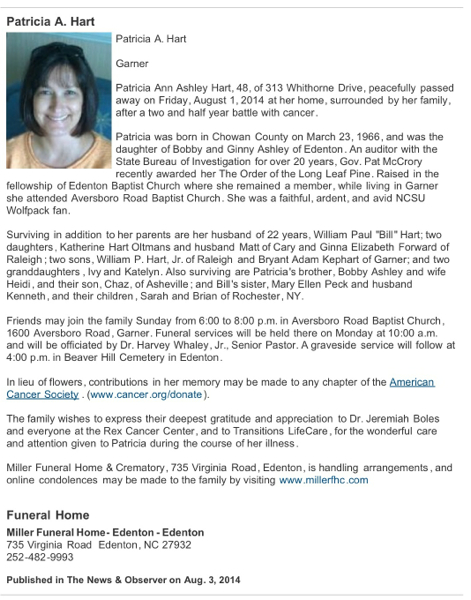http://www.newsobserver.com/news/local/crime/article58916823.html
FEBRUARY 6, 2016 7:47 PM
Former NC Supreme Court justice calls for review of state bar
Bob Orr says outside evaluation of the state agency is needed
Bar has grown large and divided into extreme camps, he says
Recent prosecution of defense attorneys, not prosecutors questioned
BY ANNE BLYTHE
Bob Orr, a former North Carolina Supreme Court justice, says it’s time for a comprehensive outside review of the state agency that oversees lawyers.
Orr, a licensed lawyer in North Carolina for four decades, is part of a committee looking at legal professionalism as part of Chief Justice Mark Martin’s recently launched review of the state justice system.
Orr said he hoped one recommendation from that study would be an external evaluation of the N.C. State Bar, established in 1933 as the state agency that licenses and disciplines lawyers.
The call for evaluation comes amid questions about the bar’s aggressive prosecution of three defense attorneys who have worked on Racial Justice Act and innocence inquiry cases.
Two of the cases were dismissed after high-profile prosecutions and the other resulted in an admonition, the lowest disciplinary action the bar can take.
“The state bar as an organization has grown exponentially in size – in the number of staffers, the number of members, the number of prosecutors,” Orr said in a recent telephone interview. “It’s become very insular and very insulated.”
The bar, which has more than 28,000 members, has developed a divide similar to the one existing “in the society we live in,” Orr said.
“There are two extreme camps,” Orr said, describing one side as more supportive of prosecutors and the other more supportive of defense attorneys.
Orr sees a mindset of antagonism in disciplinary cases because many of the bar lawyers are former prosecutors themselves.
Orr and other lawyers question whether this prosecutorial background is why the bar has pursued defense lawyers who have exposed prosecutorial misconduct and other flaws in the justice system.
“The ability to use the bar disciplinary process as a tool, a weapon, so to speak, is pretty powerful,” Orr added.
Katherine Jean, who is the head lawyer for the bar, said in a recent statement that the great majority of investigations begin when one person files a grievance alleging misconduct by another person. Complaints can be filed anonymously.
“The Bar recognizes that, as a result, not all misconduct is investigated or addressed, but it can only investigate situations that are brought to its attention or that it learns of from public reports of misconduct,” Jean said following a request for comment from Margaret McDermott Hunt, president of the State Bar.
Jean said when misconduct allegations are reported to the bar, a grievance committee made up of lawyers and non-lawyers evaluates whether there is probable cause to believe the actions were a violation of the Rules of Professional Conduct.
The “guiding principle is that the protection of the public requires all lawyers – no matter what types of practices they have or what situations they may find themselves in – to comply with the Rules of Professional Conduct,” Jean said.
“As a profession integral to the functioning of one of our branches of government, lawyers are justifiably held to high standards,” Jean added. “Inherent in those high standards is the principle that the ends cannot justify unethical conduct as a means to an end. The State Bar has and will apply those high standards thoughtfully and consistently.”
Anne Blythe: 919-836-4948, @AnneBlythe1

 Patricia Ann Ashley Hart, 48, of 313 Whithorne Drive, peacefully passed away on Friday, August 1, 2014 at her home, surrounded by her family, after a two and half year battle with cancer.
Patricia Ann Ashley Hart, 48, of 313 Whithorne Drive, peacefully passed away on Friday, August 1, 2014 at her home, surrounded by her family, after a two and half year battle with cancer.